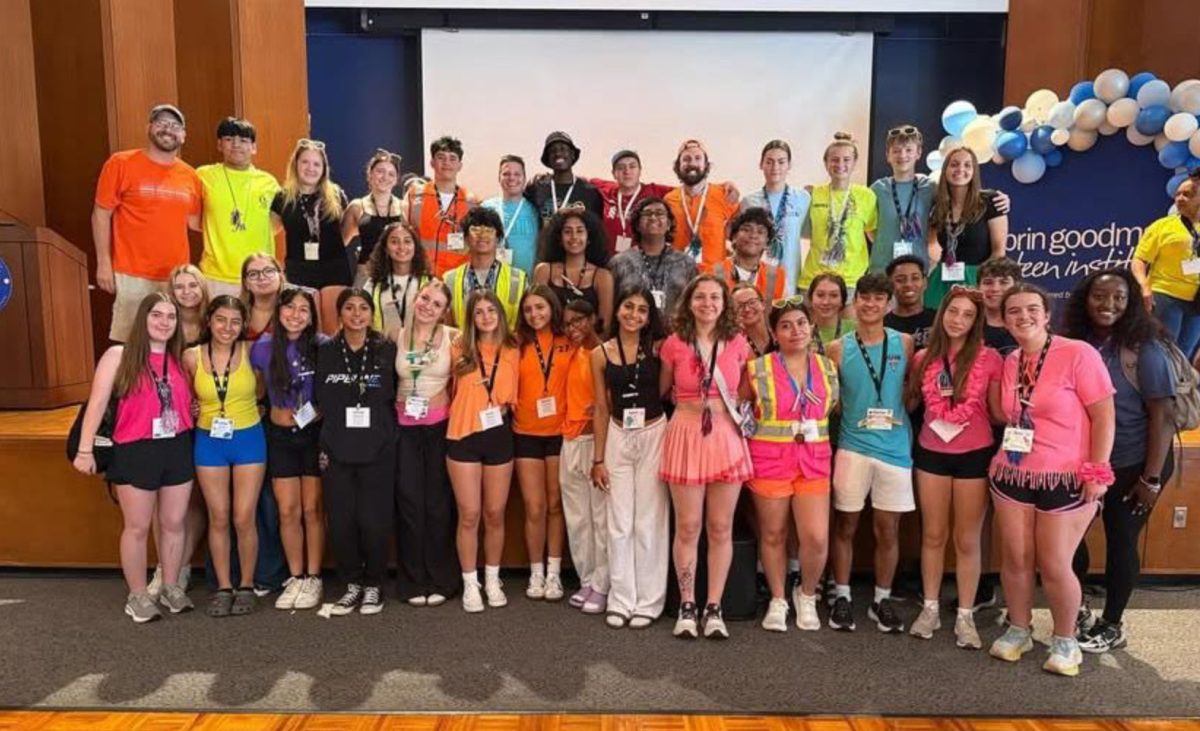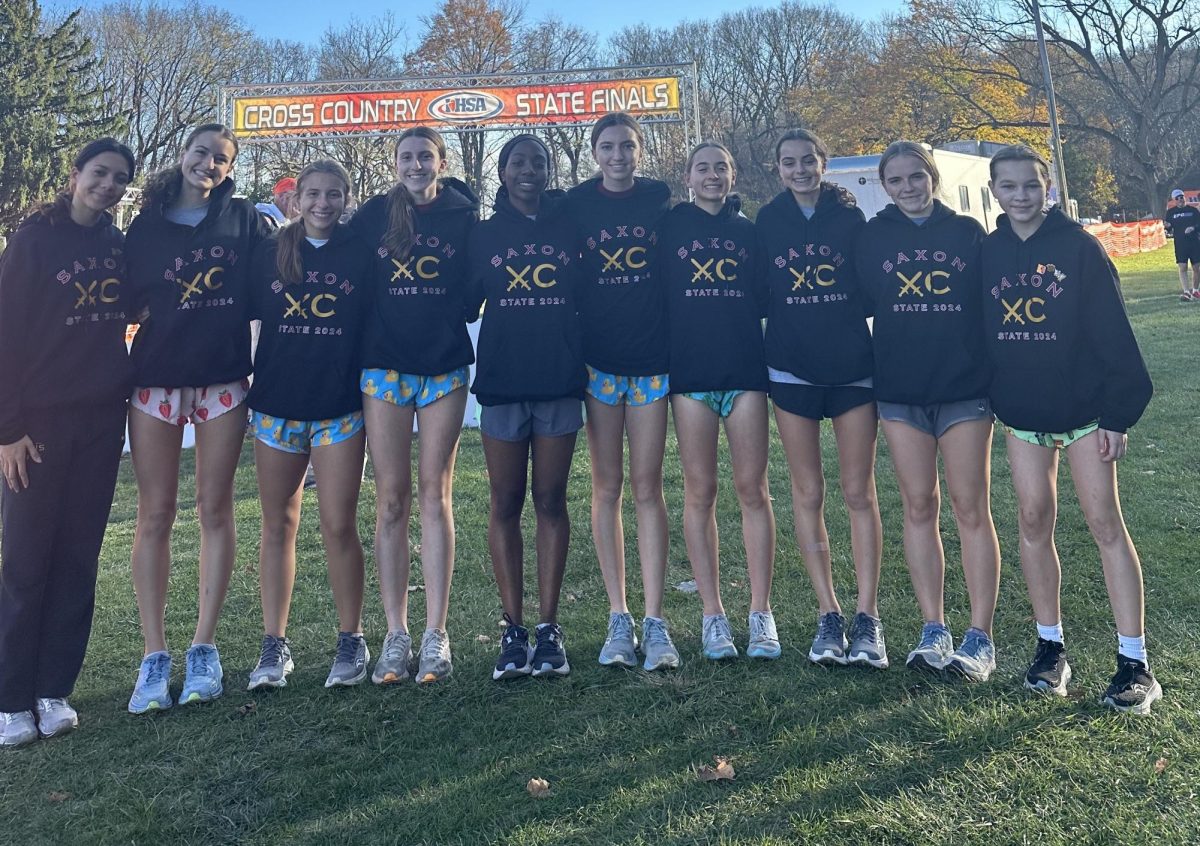In the aftermath of the pandemic, District 211, like many others across the nation, is facing a critical issue–a shortage of bus drivers. With an estimated 92% of school leaders reporting constraints, it is clear that this challenge demands attention.
A recent analysis by USA TODAY reveals that all 50 states have encountered at least one significant instance of a school bus driver shortage this year. Despite the shortage, school officials are striving to minimize its impact on students. Typically, a lack of bus drivers would force schools to immediately scale back athletics and other extracurriculars that require transportation. That has not, however, been the case here at SHS.
Schaumburg High School Athletic Director Marty Manning stated, “I don’t see much of an impact for our student-athletes. Sometimes they may arrive a little late to a contest, but usually, they arrive with plenty of time before their contest start time.”
To manage the situation creatively, some coaches have stepped up, quite literally. “Some of our coaches have become bus drivers, and sometimes teams will share a bus going to their contests,” explained Director of Transportation Diana Mikelski. This flexible approach has allowed District 211 to keep its game scheduling intact, with no noticeable disruption to athletic schedules.
While maintaining stability for athletics is important, certainly the most critical transportation involves the pick-up and drop-off of students for the actual school day. Currently, all District 211 routes are adequately staffed, ensuring that the shortage has not directly affected students.
“At this time, no routes are affected by the shortage, so all students are in the building at the start of their day,” reassured Mikelski. However, some extracurricular activities may experience a slight departure delay until all afternoon routes are completed. Nevertheless, schools remain committed to providing transportation for these activities.
Efforts are underway to address the shortage at its root. “With the help of District 211’s HR department, we have been receiving more applications than in the last three years,” Mikelski added. “We do have several candidates in training, and they should be on routes in a few weeks.”
This national shortage of school bus drivers is not unique to District 211. Reports suggest that the problem is widespread, with causes ranging from concerns related to Covid-19 to irregular work hours and low pay. Although school bus drivers earned an average annual wage of $42,400 in May 2022, according to the U.S. Bureau of Labor Statistics, this estimate assumes full-time work, which is not always the reality. The national average hourly rate for school bus drivers is $18.00, which adds to the complexity of attracting and retaining drivers in the field.
In these trying times, District 211 and many other districts nationwide are determined to find innovative solutions to ensure that students can continue their education and extracurricular activities without significant disruptions.























